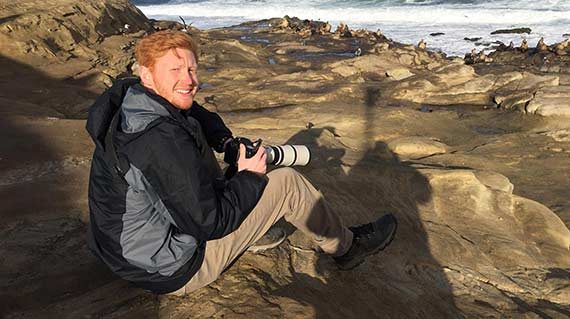
Your Guide: Jacob Roalef
Tours: Alaska, Arizona, California, Colorado, Florida, Maine, Minnesota, Ohio, Texas, Wyoming, Birding Ecotours (Worldwide)
Due to its proximity to the humid tropics of Mexico, the subtropical woodlands of the Rio Grande Valley in south Texas boast over two dozen neotropical bird species that just barely spill across the border into the US. Here, the colorful Great Kiskadee and the personable Green Jay mingle with temperate species from further north. These tropical species occur nowhere else in the United States making for an incredible bird watching experience to a must-visit region for ABA area listers and international travelers alike. Along the gulf coast, muddy lagoons and shallow wetlands throng with thousands of shorebirds, herons, waterfowl, terns and cranes, including the magnificent, sadly Endangered (IUCN) Whooping Crane. Further inland, a rolling, arid plain covered in thorn-scrub harbors a collection of species more typical of the American Southwest, such as Cactus Wren and Pyrrhuloxia. As we move north, the Hill Country stretches along the eastern flank of the Edwards Plateau, a land characterized by wooded hills, sunny slopes, and sparkling streams. In the spring, the forests of the Hill Country ring with the song of Golden-cheeked Warbler, a Texas breeding endemic. Together, these widely disparate habitats give southern Texas one of the richest and most unique bird faunas in the United States. We time this tour just before the Whooping Cranes depart to their Canadian breeding grounds but late enough in the spring for summer breeders and passage migrants to arrive.
The tour begins in the city of Corpus Christi, where coastal wetlands and mudflats are home to an abundance of waterbirds such as the spectacular Long-billed Curlew and the stately American White Pelican. However, the true star of this coastal avifauna is the Whooping Crane, and we will make a special effort to see this rare species. Continuing south, King Ranch preserves tall-grass savanna, dotted with live oak groves (mottes), which are the US strongholds for Tropical Parula and Ferruginous Pygmy Owl. From here, we focus our attention on a long list of exciting tropical specials found in the riparian woodlands of the lower Rio Grande Valley, such as Altamira Oriole, Long-billed Thrasher and Pauraque.
In the scenic Hill Country, the range-restricted Black-capped Vireo and Golden-cheeked Warbler are our primary targets, but we also visit a site near Concan to witness the spectacle of hundreds of thousands of Mexican Free-tailed Bats swirling out of Frio Cave in the evening. The coastal areas of Texas host some of the continent’s most spectacular spring movements of raptors, shorebirds and passerines, and so we head back to Corpus Christi for a day in the hope of experiencing this phenomenon. This should be a fantastic way to round off this exciting itinerary and by the end of the trip, you will surely have a list full of great Texas birds and amazing memories!
This Birding Tour USA excursion can be combined with our Colorado: Lekking Grouse, Rocky Mountains and Open Plains which immediately follows this tour, or even our Alabama – Dauphin Island tour after this and finally our Florida Peninsula – Southern Specials and the Keys tour.
Please also note that we can very easily arrange trips to the remote Big Bend National Park, the only place in the United States where you can see Colima Warbler, an otherwise Mexican species. We may be able to put a group together or you may want us to arrange this Colima Warbler/Big Bend tour as a private extension. Big Bend is over six hours’ drive from San Antonio (and over eight from Corpus Christi) and to find Colima Warbler we have to hike 4.5 miles (just over 7 km) up the mountain to see it. But we love looking for this species (and we love the other wildlife and scenery of this great park!), so we’d be delighted to take you on this adventure if you ask us to arrange it!
The tour is limited to 8 participants, or on rare occasions to 10 participants, in which case we will have a second tour leader and van.
Duration: 12 days
Limit: 4 – 8
Date: 24 March – 04 April 2027
Start: Corpus Christi, Texas
End: Corpus Christi, Texas
Price:
US$5607 per person sharing assuming 4 – 8 participants
Single supplement: US$1038
We can run the same trip at a price similar to the larger group price for 2 tour participants, if they rent their own vehicle and pay for fuel – please e-mail [email protected] for details.

Tours: Alaska, Arizona, California, Colorado, Florida, Maine, Minnesota, Ohio, Texas, Wyoming, Birding Ecotours (Worldwide)
SOUTH TEXAS & the LOWER RIO GRANDE VALLEY TOUR:
13-22 February 2015
Top 10 lists are voted upon by the participants at the completion of each tour.
1 – White-collared Seedeater
2 – Gray-crowned Yellowthroat
3 – White-throated Thrush
4 – Ferruginous Pygmy-Owl
5 – Common Pauraque
6 – Greater Roadrunner
7 – Clay-colored Thrush
8 – Gray Hawk
9 – Burrowing Owl
10 – Green Jay
While watching flocks of Green Parakeets in the northern part of McAllen, we saw an intriguing sight. A PURE YELLOW Green Parakeet was flying with a flock of approximately 25 normally colored parakeets. We had never seen anything quite like it. A possible explanation can be found at this link: https://en.wikipedia.org/wiki/Xanthochromism. There was a hybrid oriole coming to a feeder at Bentsen-Rio Grande Valley State Park. One of its parents was almost certainly an Altamira Oriole. The other parent species has yet to be determined.
After great looks of two Greater Roadrunners, someone asked ‘Where is Wile E. Coyote?’ A Coyote appeared seconds later! Unusually uncommon on this tour, we saw just one Collared Peccary (Javelina) as we were driving. Alligator Lake at Estero Llano Grande State Park contained five American Alligators. We saw one snake on the entire tour, a Diamondback Water Snake at Bentsen State Park. Also at Bentsen was a Texas Gopher Tortoise, often known as Berlandier’s Tortoise. We identified nearly 20 species of butterflies on this winter tour, including prolonged scope views of the spectacular Mexican Bluewing. Its range barely extends north into the Lower Rio Grande Valley.


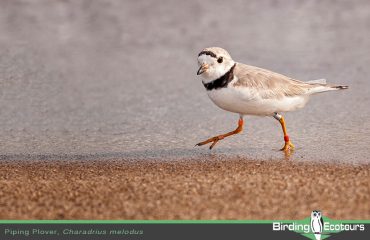 Piping Plover
Piping Plover
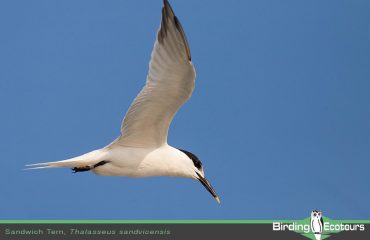 Sandwich Tern
Sandwich Tern
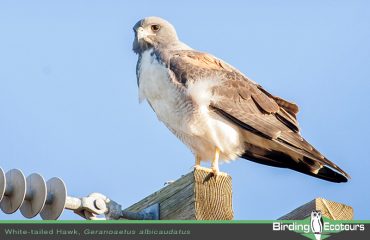 White-tailed Hawk
White-tailed Hawk
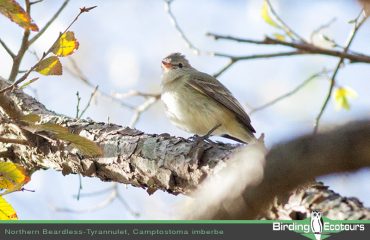 Northern Beardless-Tyrannulet
Northern Beardless-Tyrannulet
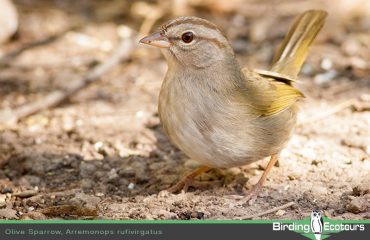 Olive Sparrow
Olive Sparrow
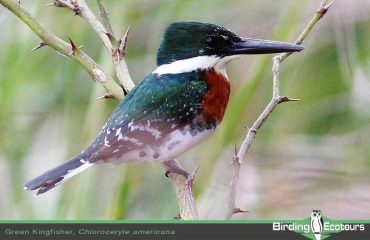 Green Kingfisher
Green Kingfisher
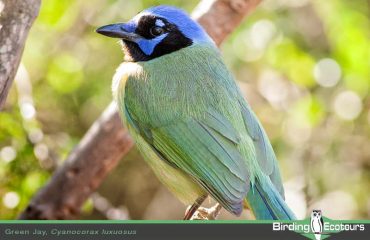 Green Jay
Green Jay
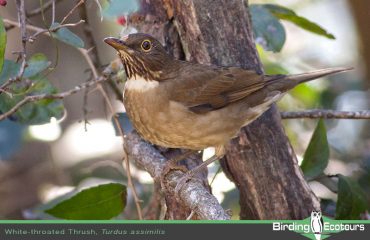 White-throated Thrush
White-throated Thrush
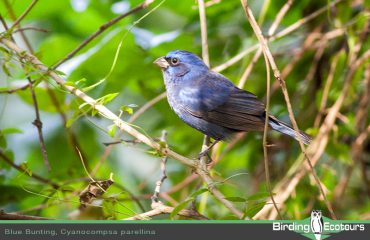 Blue Bunting
Blue Bunting
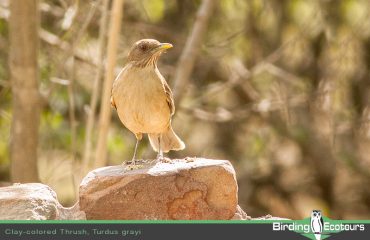 Clay-colored Thrush
Clay-colored Thrush
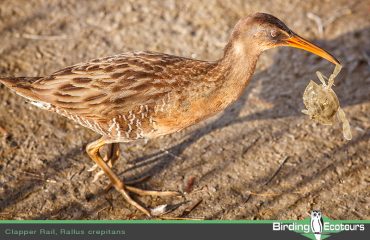 Clapper Rail
Clapper Rail
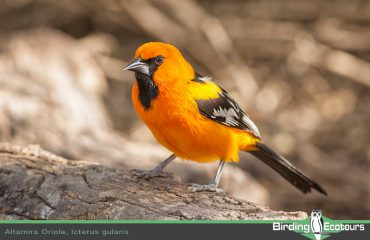 Altamira Oriole
Altamira Oriole
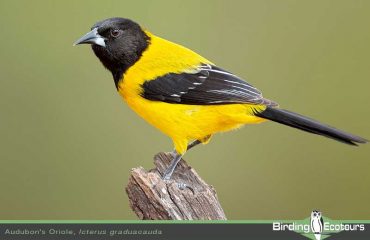 Audubon's Oriole
Audubon's Oriole
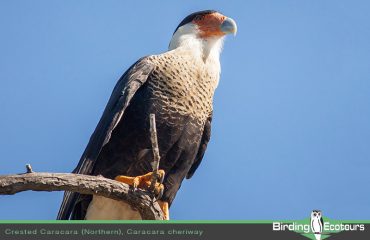 Crested Caracara
Crested Caracara
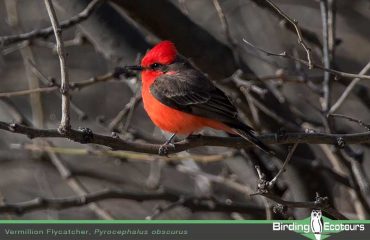 Vermillion Flycatcher
Vermillion Flycatcher
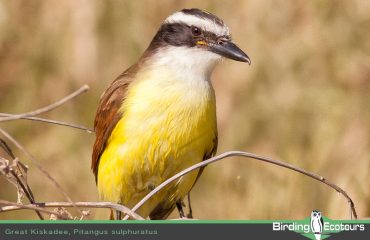 Great Kiskadee
Great Kiskadee
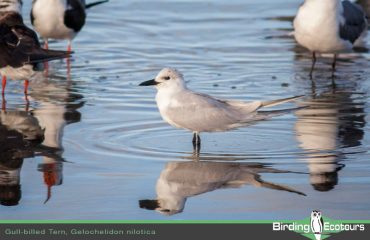 Gull-billed Tern
Gull-billed Tern
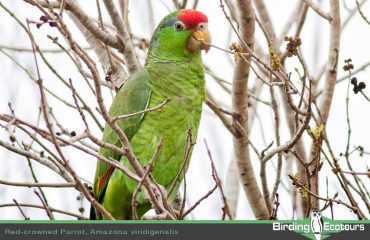 Red-crowned Parrot
Red-crowned Parrot
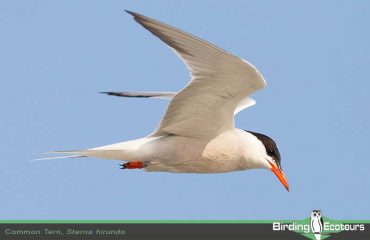 Common Tern
Common Tern
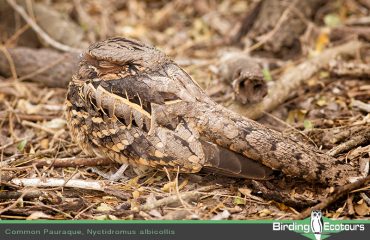 Common Pauraque
Common Pauraque
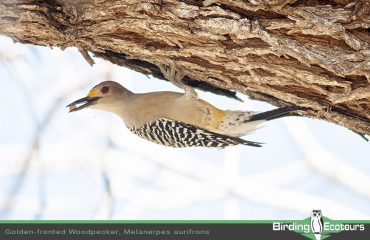 Golden-fronted Woodpecker
Golden-fronted Woodpecker
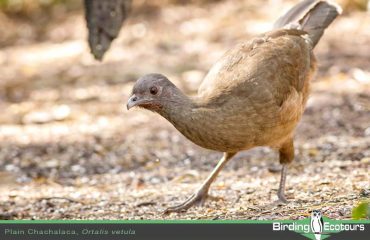 Plain Chachalaca
Plain Chachalaca
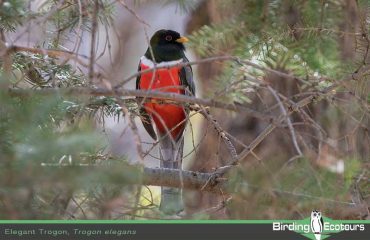 Elegant Trogon
Elegant Trogon
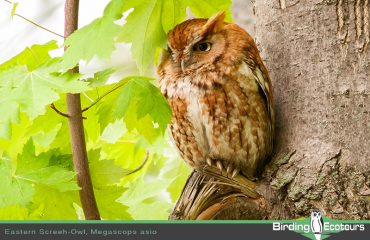 Eastern Screech-Owl
Eastern Screech-Owl
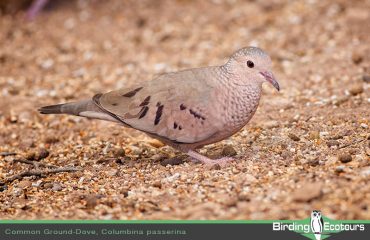 Common Ground-Dove
Common Ground-Dove
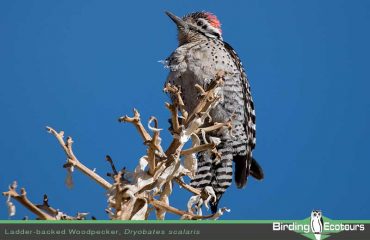 Ladder-backed Woodpecker
Ladder-backed Woodpecker
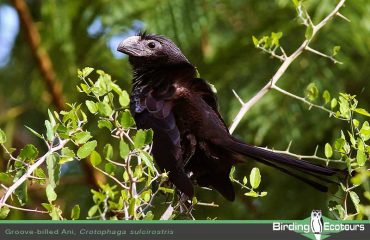 Groove-billed Ani
Groove-billed Ani
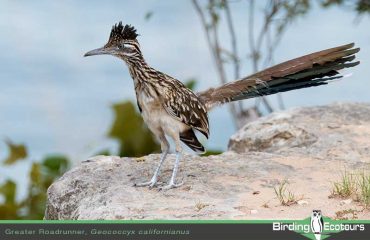 Greater Roadrunner
Greater Roadrunner
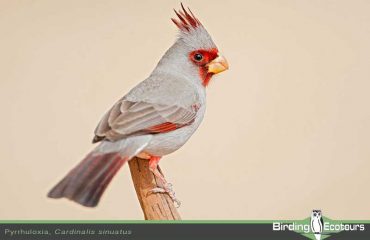 Pyrrhuloxia
Pyrrhuloxia